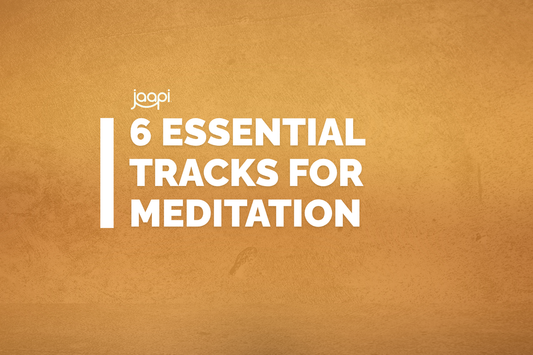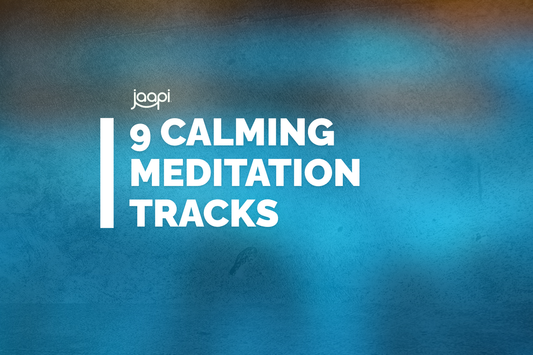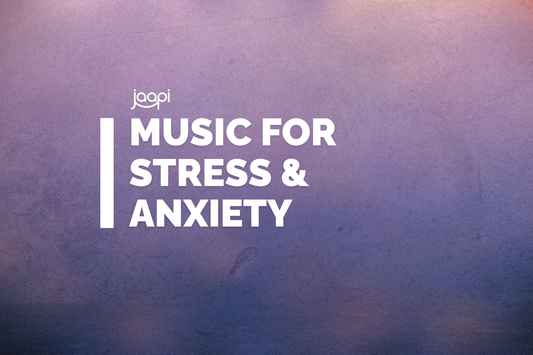Can Sound Heal Trauma? Science & Safe Practices
Sound can support trauma healing as a complementary tool alongside professional therapy—research shows sound therapy helps regulate the nervous system, release emotional tension, and create safe spaces for processing difficult experiences. However, sound healing works best as part of a comprehensive trauma treatment approach, not as a replacement for therapy.
Affiliate Disclosure: As an Amazon Associate, we earn from qualifying purchases. We only recommend external tools that complement your practice.
How Sound Supports Trauma Recovery
Trauma often lives in the body as much as the mind—stored in the nervous system as hypervigilance, tension, or emotional numbness. Sound therapy works on the nervous system directly, bypassing cognitive processing to reach areas where trauma is held physically.
- Nervous system regulation: Specific frequencies can shift the body from sympathetic (fight/flight) to parasympathetic (rest/heal) states, creating physiological safety that supports trauma recovery.
- Vagal nerve activation: Sound vibrations—especially from singing bowls, tuning forks, or low-frequency tones—stimulate the vagus nerve, which plays a key role in trauma response and emotional regulation.
- Safe emotional release: Unlike talk therapy, sound can help release stored trauma without requiring verbalization, which many trauma survivors find gentler and less retraumatizing.
- Brainwave entrainment: Calming frequencies help shift brain activity from beta (stress/alertness) to alpha and theta (relaxation/processing), creating mental space for healing. Learn more about how sound healing affects the brain.
- Somatic processing: Trauma often manifests as body sensations—tightness, pain, disconnection. Sound therapy helps reconnect mind and body, supporting somatic trauma release. Many trauma survivors also experience chronic physical pain, which sound healing can help address.
Browse our royalty free sound healing music designed for gentle nervous system regulation and emotional release work.
Try it safely at home:
Download free healing music to experience trauma-sensitive frequencies in your own space.
Research on Sound and Trauma Healing
Emerging research supports sound therapy as a trauma recovery tool. A 2024 meta-analysis published in the European Journal of Psychotraumatology analyzed nine randomized controlled trials involving 527 PTSD patients and found that music therapy significantly reduced post-traumatic stress symptoms, with effects comparable to standard psychotherapy. The study noted that music therapy works through multiple mechanisms—social connection, emotion regulation, and neurobiological changes including increased dopamine production and reduced cortisol levels.
Additionally, a 2021 randomized controlled trial found that trauma-focused music therapy (tr-MI) was equally effective as standard talk therapy for treating PTSD in refugees, with significantly better retention rates—only 5% dropped out of music therapy compared to 40% in traditional therapy. This suggests sound-based approaches may feel more accessible and less retraumatizing for some trauma survivors.
Important note: Sound healing doesn't erase trauma or replace professional treatment. Instead, it offers a body-based tool that can complement therapy, somatic work, or EMDR by creating physiological states where deeper healing becomes possible.
Safe Practices for Trauma Survivors
- Start gently: Begin with low volumes and short sessions (5-10 minutes). Trauma survivors can be highly sensitive to sound, so ease into practice slowly using quality headphones at comfortable volumes.
- Create a safe space: Practice in a familiar, private environment where you feel secure. A weighted blanket can provide grounding and safety during emotional release work.
- Work with trauma-informed practitioners: If attending sound baths or sessions, ensure the facilitator understands trauma-informed care and won't pressure you to stay if overwhelmed.
- Honor emotional releases: Crying, shaking, or feeling intense emotions during sound healing is normal. Keep a healing journal nearby to process what comes up.
- Know when to pause: If sound triggers flashbacks, dissociation, or intense distress, stop immediately. Sound healing should feel supportive, not overwhelming.
- Combine with professional support: Use sound healing alongside therapy, not instead of it. Your therapist can help integrate sound experiences into your broader healing journey.
- Try grounding tools: Pairing sound with grounding objects like healing crystals or grounding techniques can help trauma survivors feel more anchored during sessions.
Understanding Sound Healing for Trauma
Sound healing works through multiple mechanisms—vibrational therapy, nervous system regulation, and brainwave entrainment. For trauma survivors, understanding how these mechanisms work can help you feel more in control of your healing process. Our comprehensive sound healing guide goes further into therapeutic sound and how different frequencies affect the body.
Whether you're a trauma survivor exploring complementary healing tools or a practitioner seeking trauma-informed music for client sessions, you'll find professionally licensed options in our royalty-free background music collection—perfect for therapy sessions, meditation practices, or personal healing work.
What Trauma Survivors Should Know
Sound healing can be powerful, but it's not magic. Trauma healing is complex, nonlinear, and deeply personal. Sound offers one pathway—a body-based, non-verbal tool that some survivors find gentler than talk therapy alone.
If you're exploring sound for trauma healing:
- Go at your own pace. There's no rush.
- Trust your body's signals. If something feels wrong, stop.
- Work with professionals who understand trauma.
- Celebrate small wins—nervous system regulation is healing work.
- Remember: Healing isn't linear. Sound supports the journey, it doesn't bypass it.
Sound healing can be a beautiful complement to trauma recovery—offering a body-based, accessible tool that works alongside professional therapy to support nervous system healing, emotional release, and reconnection to safety.









